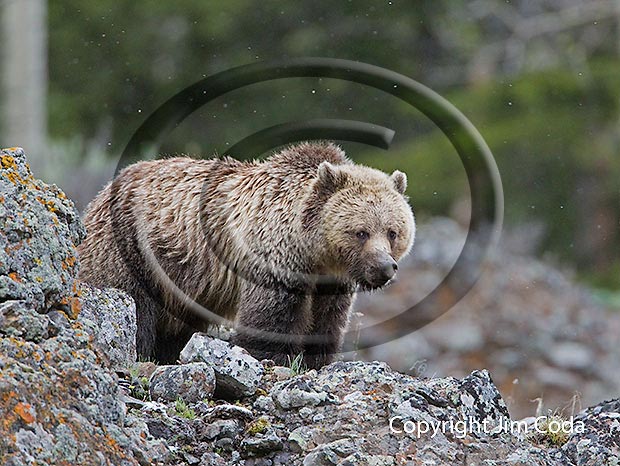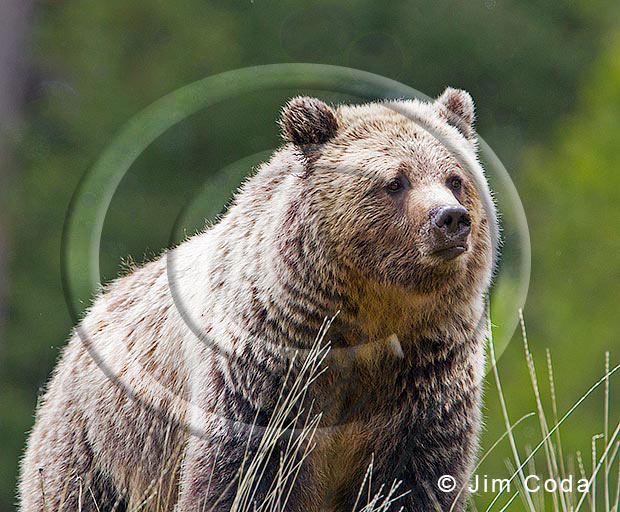A Snowy Memorial Day in Yellowstone

This is what it looked like as I headed toward the Lamar Valley yesterday. That’s a road grader plowing the way. Its top speed seemed to be about 10 MPH and at a spot short of Tower the driver got out and waved us around him. I don’t know what happened to the trucks that usually do the plowing. It looks like 6 inches or more fell here.
- “This is nothing compared to winter here.”

These conditions were no problem for animals like this cow bison. However, I’m not so sure about animals born yesterday. The snow was that wet, heavy type. I wouldn’t want to be a baby elk born yesterday or the night before.

This bull elk looks healthy and a little snow is probably no big deal to him although his winter coat would have served him better than his summer coat. This photo was taken in the afternoon and most of the snow had melted by then.






